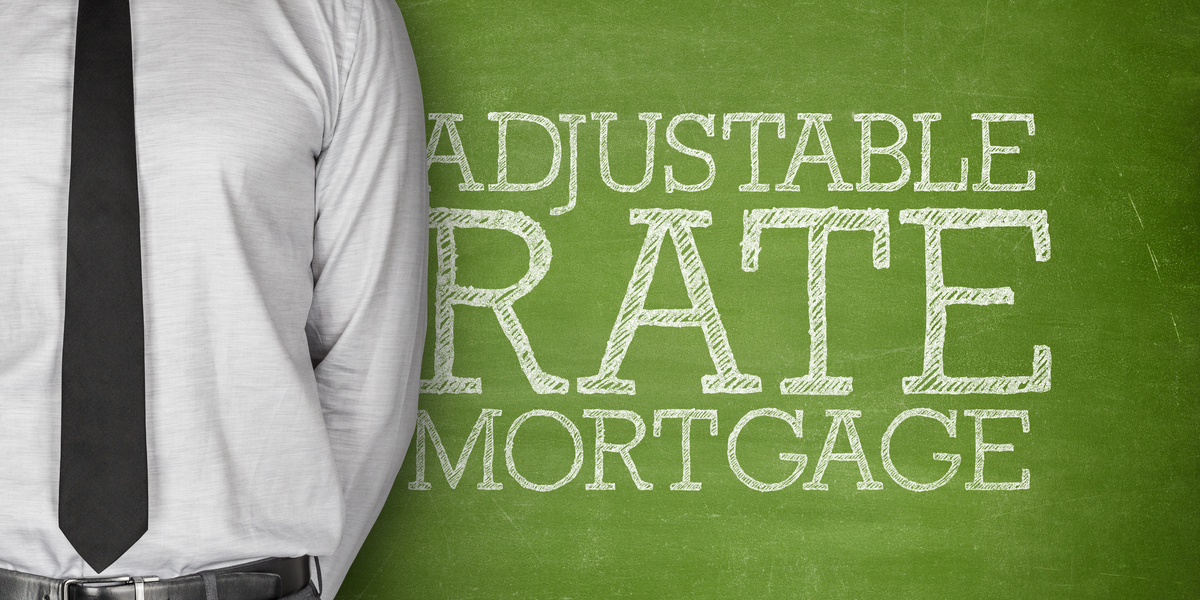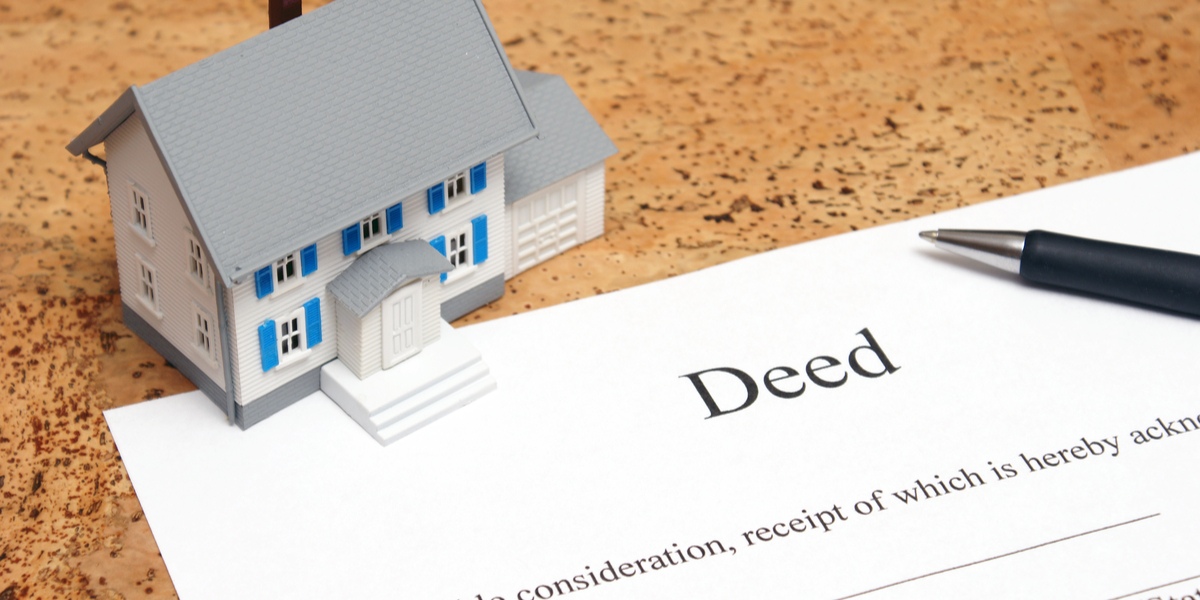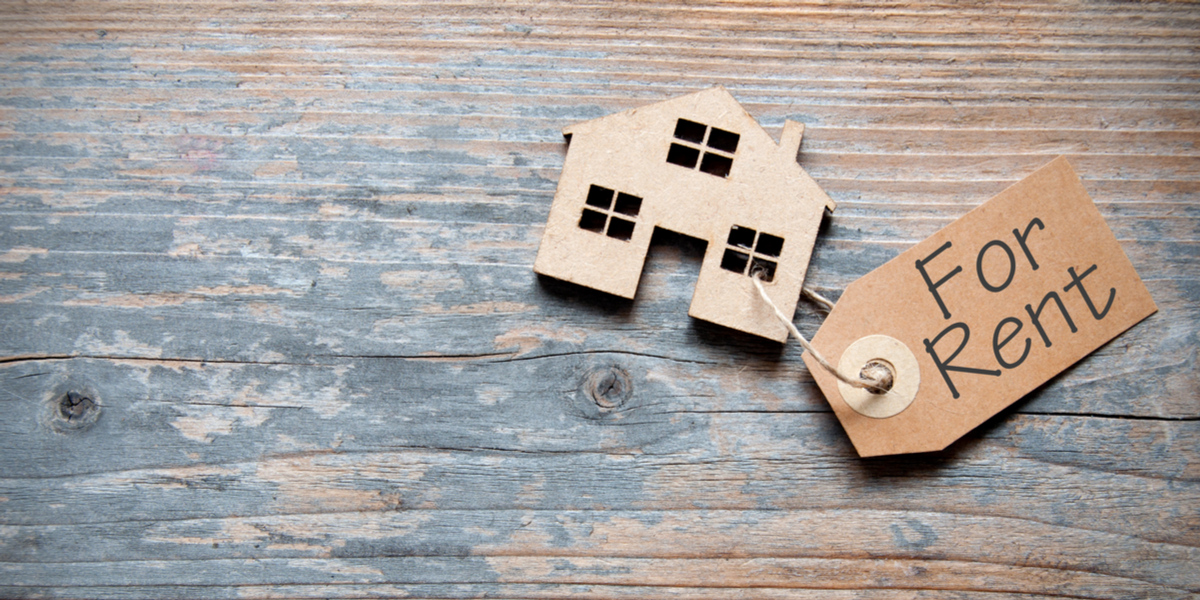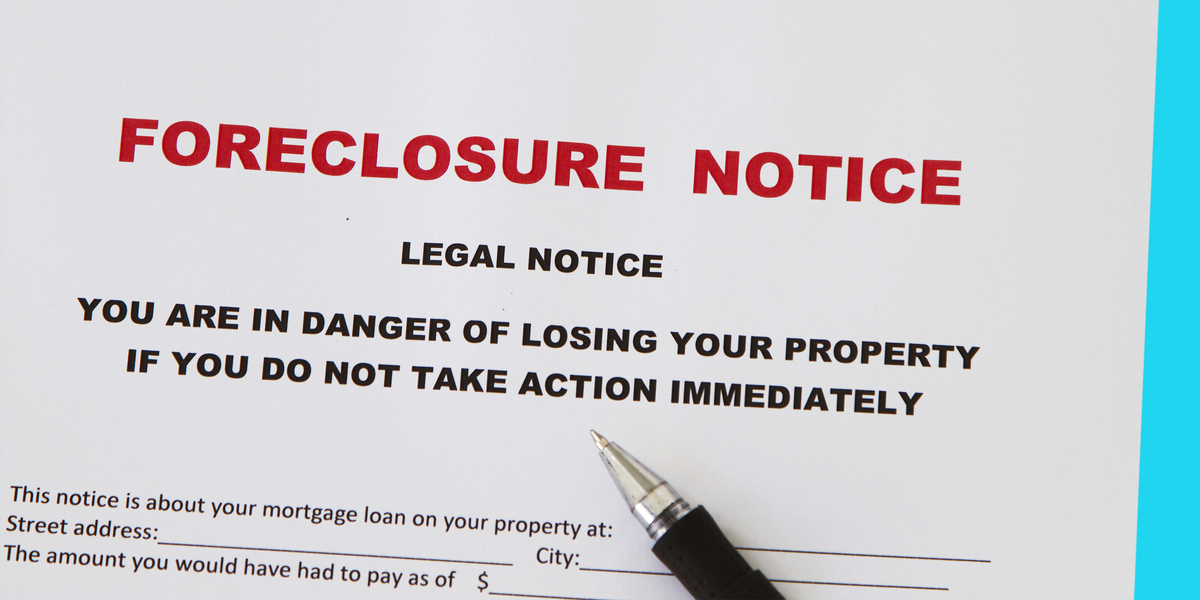Writing A Hardship Letter Adjustable Rate Mortgage Loan Modification
When you write an adjustable rate mortgage loan modification hardship letter, you are formally requesting that the terms and conditions of your loan be changed. The letter is an opportunity for you to highlight your financial difficulty and to attempt to get better terms and thereby avoid a foreclosure. Remember, however, that lenders are not interested in life stories. All they want to know are the facts that surround your current situation.
Key Reasons for Writing the Hardship Letter
There are two key reasons why you may want to send this letter: medical issues and job loss. In addition, some lenders will accept death of a spouse, divorce, military duty, a newborn child, and relocation. Sometimes, they will even accept a failing or failed business. However, they are unlikely to assist if there isn’t a benefit in it for them. Lenders don’t generally want to repossess properties, which means they will want to avoid foreclosing the property as well. Hence, if you can explain that you don’t want to get out of paying your debt, but that you simply need some help, you have the best chance of being accepted.
Basic Rules in Writing the Hardship Letter
Make sure that your letter comes across as positive. They want to see that you are a responsible borrower who wants to do the right thing. Hence, you should be matter of fact about your situation and about what you have done and are doing to stay on top of your bills. You have to be able to prove everything that you state as well, so do make sure to show some documents.
The letter is perhaps the most important thing in this entire process. Hence, you need to make sure it includes all pertinent details:
- Why you are behind in your payments
- When you first fell behind
- When and how you expect your situation to improve
- What kind of modification are you asking for
- How much you are able to pay each month, if anything
- Whether you are seeking treatment if the difficulty is due to an addiction
The letter must be signed by you, even if you have asked a consultant to write it for you. You also have to make sure that it is a genuine letter, and not simply a template with some details changed. You should not include a lengthy narration of your situation, nor should you exaggerate your situation. Be to the point and honest instead.
Finally, remember that this is a formal letter. Hence, address it to the right person in the right format. The subject line should include your reason for writing, as well as your account number. You should also make sure that there are no grammatical or spelling errors in the letter, so proofread it or ask someone to do that for you. You should also try to have all the information on a single page. Longer letters are more likely to be dismissed, simply because hundreds of them are received every week and lenders have a limited time in which to read through all of them.
Hardship Letter Adjustable Rate Mortgage Loan Modification
{Your Name}
{Your Address}
{Your Phone #}
{Your Loan #}
{Date}
To Whom It May Concern:
I am writing this hardship letter to request a loan modification. My financial situation cannot currently accommodate the adjustable mortgage rate that is being asked of me.
For the last {number} years, my mortgage has been billed to me at a fixed rate of {amount} per {time}. As of {date}, however, the amount due jumped to {amount} per {time}.I understand that I entered into an adjustable rate contract, and originally I had a financial plan that was flexible enough to meet the projected expense. Unfortunately, new circumstances have drastically depleted my funds, and I find myself facing foreclosure if I cannot meet the new payments.
My finances have changed due to unexpected {medical bills, job loss, etc. Be specific.} While I could afford the fixed rate, this new expense is too much for my limited account. I have attached last year’s federal income tax return and my credit card bills from the last two months. Also included is a worksheet detailing the dispersal of income among essential payments.
I would like to request a return to my former fixed rate, which is still a payment I can afford. If that does not work, perhaps we could come to terms on a deferral plan or a principal loan reduction.
I hope to avoid foreclosure at all costs. Please contact me as soon as possible so that we can work out a payment plan.
Sincerely,
{Sender Name}









